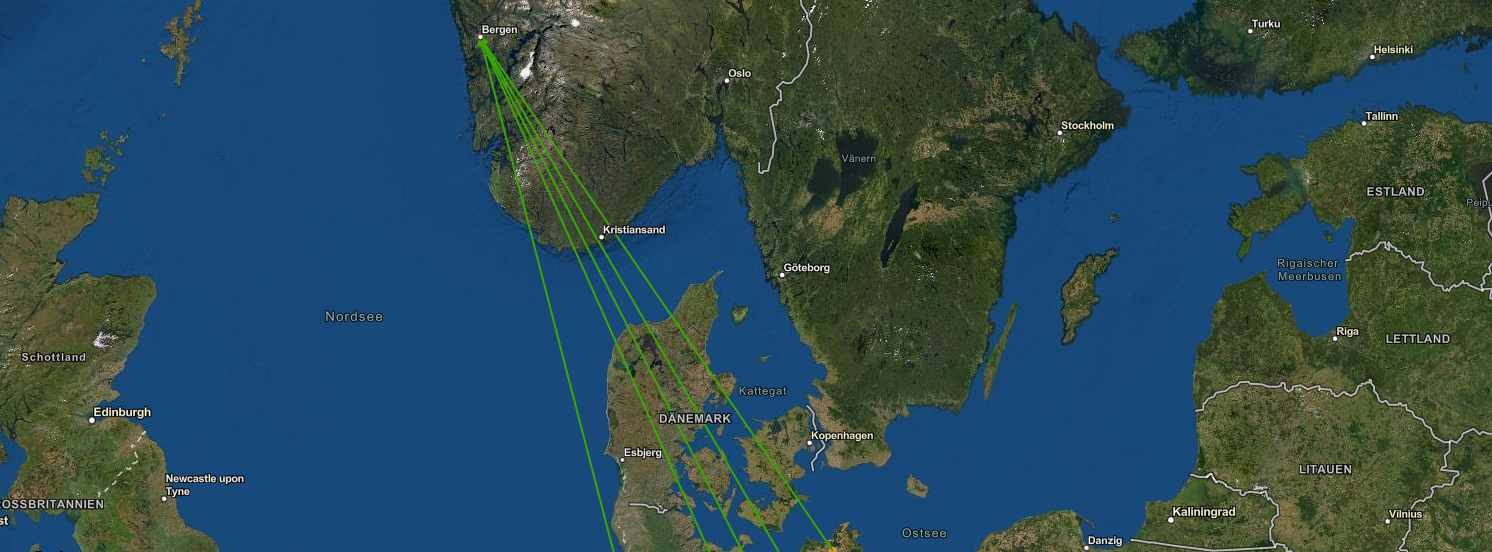From travelling merchants to entrepreneurs
The practice of the Hanseatic merchants changed over time: soon they no longer travelled to the target market with their goods themselves, but left this task to their servants. They now conducted their business from their desks at home. This meant that a merchant could trade in different places at the same time. A good education was essential for this. The merchant apprenticeship lasted several years and often included a longer stay abroad.



